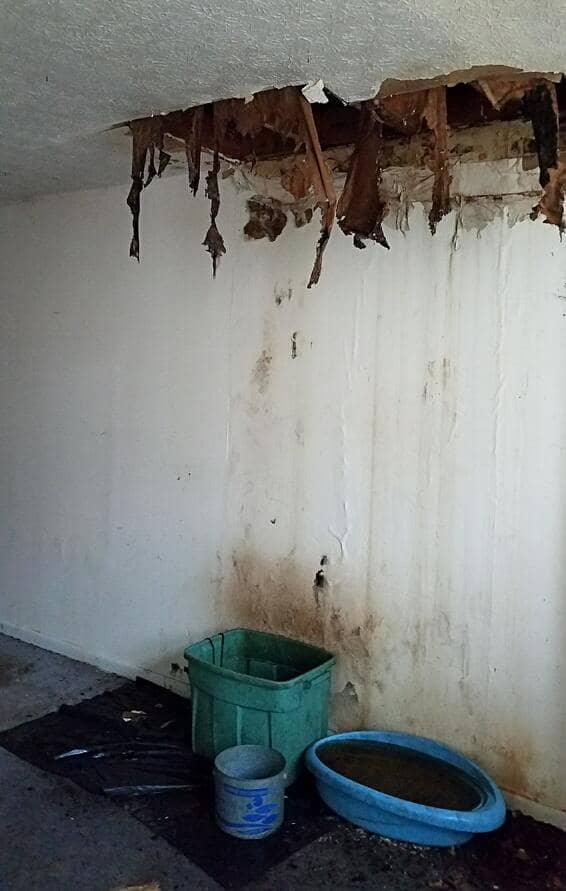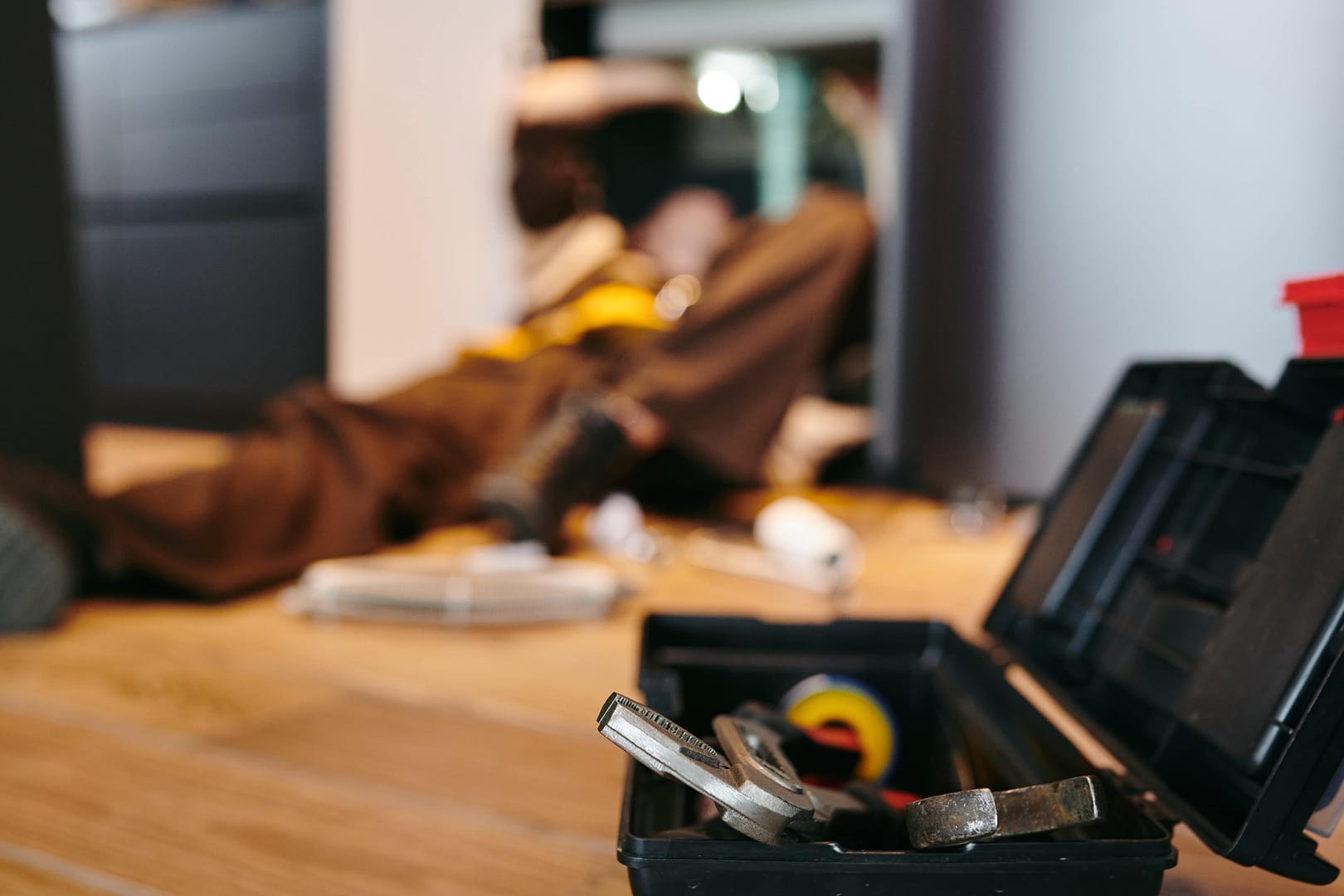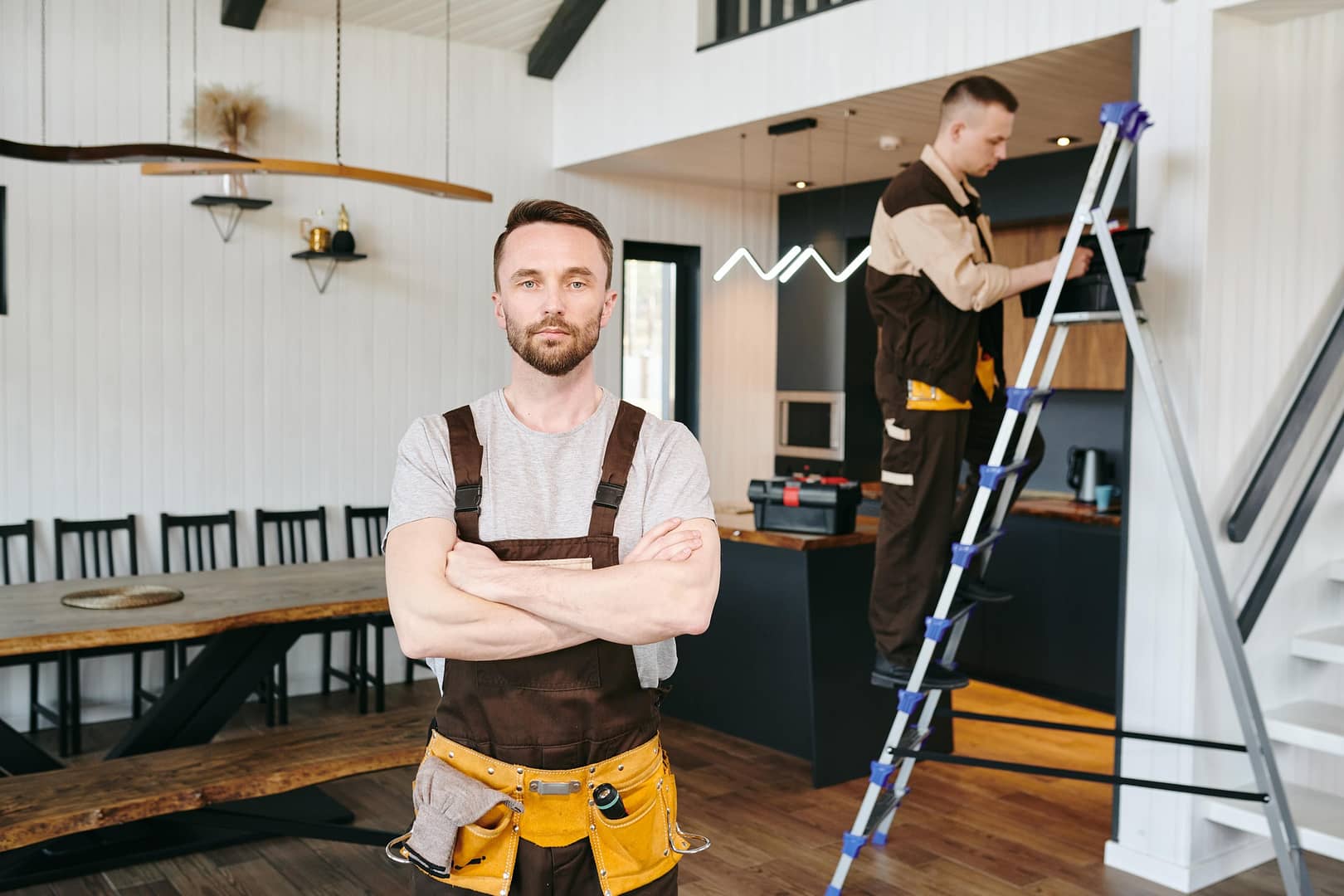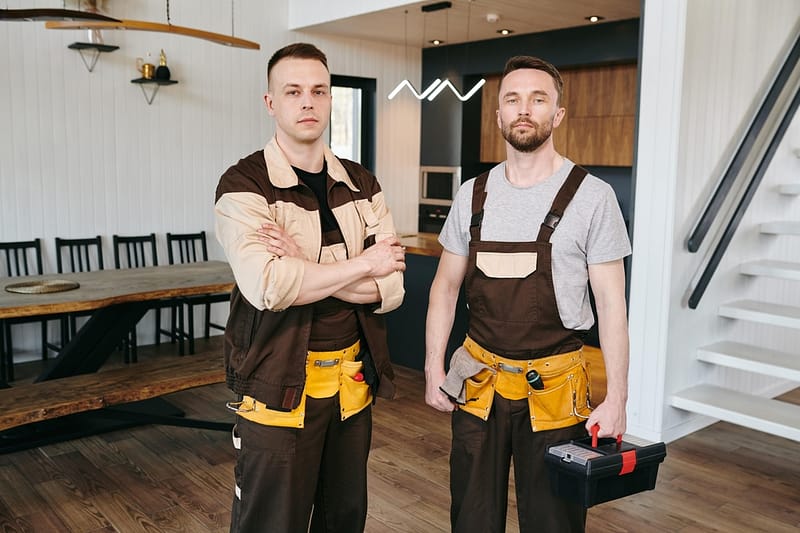How to detect where a roof leak is coming from
Roof leaks are one of the most common problems that homeowners face. Since most roofs are flat, there is a tendency to think that a water leak is coming from the ceiling. This can lead to unnecessary expenses for things like replacing shingles or flashing around chimneys and vents when it could be something else causing your leak. The truth is that most leaks come from other home spots, such as overflowing gutters or downspouts clogged with leaves and dirt. Figuring out where the water leak is coming from may only take a few minutes. A leak detection specialist can find most leaks within five minutes using their trained eyesight and listening skills to pinpoint possible areas where water might be entering. The water can penetrate through cracks or seams in your roof’s surface area or vents/chimneys from being plugged up by debris around them, preventing proper drainage (soffit vents which are under eaves commonly accumulate leaves/dirt).
You may be anxious about what to do next if you’ve got a leaky roof. But don’t worry! It can be easy to detect where the leak is coming from and how to fix it. Here are some of the best ways to find out where your roof is leaking:
Take a look at your roof and look at the shingles.
If you can, go outside and inspect the roof. Look at the shingles. Do they show signs of wear and tear, like cracks or missing nails? Is there discolouration, curling, or holes? Are there areas where shingles are missing altogether?
If you’re unable to get up on your roof yourself (maybe because it’s too slippery), ask a neighbour if they’d mind checking out your roof for you from their vantage point. They may be able to give you some insight into what’s going on with yours!
Look for stains on your ceiling and walls.
- Look for discolouration on the ceiling.
- Look for discolouration on the walls.
- Look for discolouration on the trim.
- Look for discolouration on the crown moulding.
- Look for discolouration on the baseboards.
Check for signs of mould and mildew.
The first step in the process of locating where a roof leak is coming from is to check for signs of mould and mildew on the walls. Mould and mildew are two common indications that water damage has occurred, and they can cause health problems such as respiratory issues and allergies. If you find any signs of mould or mildew, it’s important to remove them as soon as possible—mould spores can be dangerous if they get into your lungs!
Inspect your chimney and gutters.
Inspect your chimney and gutters. Check for cracks, signs of rust/damage, water damage from rain, mould or mildew buildup, and missing shingles or flashing.
Look at the siding of your home.
Before you do any of that, it’s important to note where the leak came from to identify its source correctly. The first thing you’ll want to look at is the siding of your home. Water stains on the siding indicate that water has been running down from above and can help you determine whether a leak is coming from somewhere inside or outside your house. If there are no signs of damage on your siding, this eliminates any leaks coming from inside your home (as well as those coming through small cracks in the walls). The next step is checking for signs of water damage around windows and doors—these are two common places where leaks occur due to poor sealing around door frames or window panes. It would help if you also were looking for damage around electrical outlets and plumbing fixtures; these areas tend not only to get wet but also catch onto mould growth easily due to their constant moisture levels over time. Finally, check for water damage around foundations; if there aren’t any visible signs here either, then chances are good that you have an external source driving this problem!
Once you’ve located the leak, assess the damage immediately.
The sooner you detect a leak, the more likely you will be able to repair the damage before it gets out of hand. Once you’ve located the leak source, assess the damage immediately. The longer you wait to address a roof leak and its associated problems, the more money it will cost for repairs or replacement.
If minor leaks can be repaired quickly and easily by yourself (or with help from friends), then do so immediately! If not, consider hiring professionals for all your repair needs.
If you find yourself with a leaky roof, there are ways to find and fix it.
If you find yourself with a leaky roof, there are ways to find and fix it.
- First of all, look at the roof and look at the shingles. If they’re buckled or cracked, that’s a sign that there may be an issue with your roof. It can also mean that the pressure from rain is too much for these areas of your home, so this is something to keep an eye on in case it gets worse over time. If you suspect that your shingles need replacing due to age or weather damage (or if they feel old), consider having them replaced by professionals before any further damage occurs.
- After checking out the shingles around your home’s perimeter—and making sure everything looks good—look at what’s happening under them. Namely, inside rooms such as kitchens and bathrooms where water could conceivably come through without being noticed right away due to ceiling tiles being covered up by drywall material (which won’t allow moisture through). Next thing we want our readership knowing how important it is!
Roof leaks are one of the most common problems that homeowners face.
Roof leaks are one of the most common problems that homeowners face. Roof leaks can be expensive to fix, and they can also cause damage to the interior of your home. In addition, roof leaks can cause mould and mildew to grow in your attic or crawl space if they are not taken care of quickly enough. If left untreated for too long, the water leaking into your home will damage the shingles on your roof, which can lead to more costly repairs afterwards.
Since the majority of roofs are flat, there is a tendency to think that a water leak is coming from the roof.
In most cases, the roof is the part of your home that’s easiest to access. It’s also fairly easy to maintain and repair. Flat roofs are also ideal for insulating and cooling, saving money on utility bills by keeping them in good condition.
Sometimes homeowners don’t want to call a professional because they believe it will be too expensive.
But if it’s a leak that’s small, like a pinhole, you may be able to fix the problem on your own. If you’re unsure whether or not you can handle the job yourself, call in a professional anyway and have them take a look at it. They’ll be able to tell you what kind of repair is needed or if there’s something else going on with your roof. Sometimes homeowners don’t want to call a professional because they believe it will be too expensive. However, many leaks aren’t very big and can easily be repaired by someone who knows what they’re doing without costing much money at all (or any). It is much better for homeowners and for their homes’ value in general if they get their roofs fixed sooner rather than later so that bigger problems don’t happen later down the road!
Figuring out where the water leak is coming from may only take a few minutes.
Figuring out where the water leak is coming from may only take a few minutes.
- Use a mirror to look at the roof. If you have access, use it to reflect sunlight onto your roof and see if any shadows appear that could indicate an area of concern.
- Use a flashlight to look at the roof. If you have access, shine light into dark areas of your attic or crawl spaces to see if there are any leaks causing water stains on ceiling tiles or walls below.
- Use a hose to look at the roofline (when possible). Attach one end of an extension hose with a spray nozzle attached and turn on full blast in order to detect areas where water might be leaking down through gaps between shingles or through vents into soffits or valleys above windows and doors; this will cause them all over time which should be obvious when using this method since they’re usually visible from ground level anyway!
A leak detection specialist can find most leaks within five minutes.
If you notice a leak in your roof, it’s important to find the source of the leak as soon as possible. Once you’ve determined where the water is coming from, you can repair it and prevent further damage to your home. A professional leak detection specialist can usually determine where a roof leak is coming from within five minutes of arriving onsite. In some cases, an expert will be able to pinpoint the exact spot where water is seeping through before even walking onto your property.
You might be surprised at how many different things could cause a leak in your home’s shingles or other components—from damaged flashing around chimneys or vents to loose nails holding down siding materials—and each requires its own unique solution. A leak detection specialist can help identify what type of problem exists so that experts and homeowners alike know what action should be taken next!
Understanding what type of roof your home has will help you pinpoint where the leak might be coming from.
Knowing the type of roof your home has will help you pinpoint where the leak might be coming from. If your home has a flat roof, for example, then any water leakage on one side will mean that it’s coming from somewhere above that area. The opposite is true if you have a sloped roof: if there is a leak somewhere along its slope, it means that the water is likely coming from somewhere below.
Repairing your own leaks can save you time and money.
- Repairing your own leaks can save you time and money.
- It is important to find out where the leak is coming from before you start repairing it.
- To find out where a leak is coming from, look at the ceiling for wet spots or stains under light fixtures or other appliances that may have been moved around due to a leak. You should also check behind any wallpaper or wall decorations to see if any areas appear different in colour than others, which could indicate an area of water damage.
Conclusion
As you can see, there are many ways to tell where a leak is coming from.
This blog post has broken down the first steps to take when you discover a leak in your home. From looking at the shingles on your roof to checking for water stains on walls and ceilings, there are a few different places where leaks can originate. Once we identified where our leak occurred, we were able to fix it by replacing some damaged shingles with new ones.
Give us a call at +44 20 8168 1121 for a quote free of charge.
